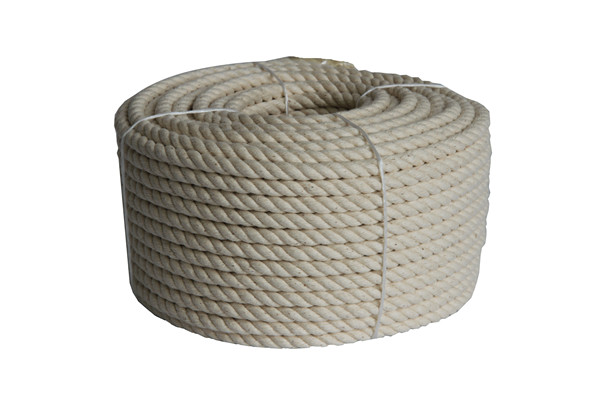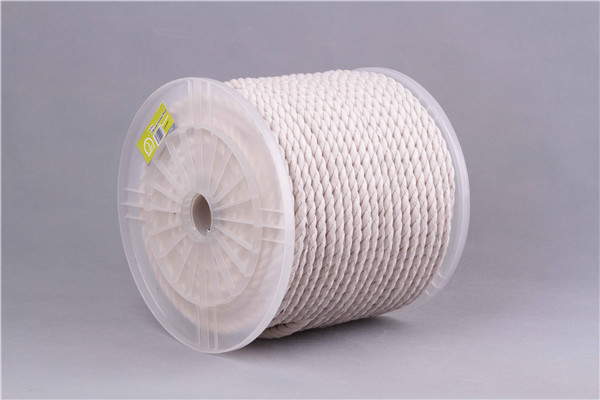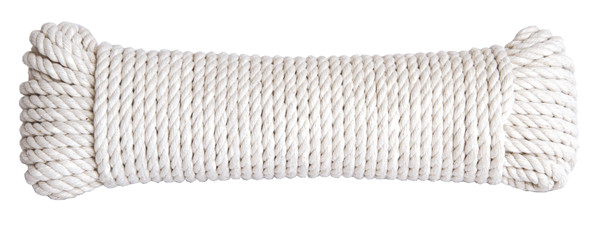When printing in color, the colors should meet the basic requirements of the original. In addition to the reproduction of ancient paintings or other special arts and crafts, marketable securities, etc., in general, color prints also have bright color quality requirements. And the selection of raw materials meets this quality requirement? The author believes that the following conditions must be grasped in order to obtain the effect of printing bright colors.
1. Whiteness and absorbency of paper
Whether the paper is white is the basis for printing bright colors. The completely pure white paper can reflect close to all colors. On the contrary, the gray and black paper will absorb part of the color light, so that the hue, brightness and purity of the imprint will be lost. According to the analysis of chromaticity, on the paper printed with pictures, in addition to the spatial mixing of the color dots through the additive color method to form visual colors, the color of the surface of the paper without printed dots (or patterns) actually participate This kind of spatial mixing. The gray paper is like adding a small amount of ink color to each color ink, so the high purity color ink cannot be seen visually, and the dark color is displayed. Practice has proved that if the other conditions are exactly the same, the vividness of the pictures printed on paper with different whiteness is completely different. Simply analyze from the contrast of color brightness. If you only print black text and white and flawless paper, because of the contrast between black and white, black characters are blacker and white paper is whiter, creating a sharp contrast. It can be deduced from this: as the basis of printing, the whiteness of the paper is directly related to the vividness of the printed colors. In the same way, papers with a reddish color make the prints tend to be red, and papers with a bluish color make the prints tend to be blue, which needs to be considered when using colors. In addition, the absorption of paper has a great influence on the color. The paper with strong absorption will cause the pigment and the binder to penetrate into the paper together. The imprint can not form a sufficiently full ink layer on the paper surface, which will cause the loss of color saturation and make the color difficult to be vivid.
Second, the preparation of color ink and how to ensure bright colors in rolling and coating
From the purity of the three elements of color, we can know that the saturation of color refers to the purity of the color. To make the colors bright, we must pay attention to the selection of color inks. In addition to the standard three-primary inks with relatively pure hue, many of the original inks are intermediate colors of the three-primary colors. To make the color of the prepared ink bright, it is especially important to avoid complementary colors. For example, in the lush woods of the early spring of printing, the use of light yellow can make the printed leaves tender and green; if you use dark yellow ink, the yellow ink contains red flavor, red is the complementary color of green, and the printed leaves are black and turbid, which does not reflect the breath of early spring Not to mention the bright colors. Pay attention to the cleaning of the ink tank and ink roller when printing. This means that when changing the ink, it is necessary to prevent the color shift caused by the ink of the previous printing color caused by the ink tank, the ink roller and the water, especially when the dark color changes to the light color, and the black and blue change to the yellow printing. Note that the cleaning work will cause color cast, which will also affect the vividness of the printed matter.
3. Complete copy of the outlets
When the dots are expanded, the expanded color has to reduce the thickness of the ink layer, which makes the low-tone and solid parts not thick, the color saturation is weakened, and the inherent hue characteristics of this color cannot be exerted. When printing clothes, the clothes look old, and printing the landscape seems to be rainy.
Fourth, the coloring power and emulsification of ink, the impact of dilution
In addition to the special case where the color needs to be diluted, the coloring power of the color ink is low. In the printing process, the auxiliary material is inappropriately added to dilute the ink color, or the auxiliary material that suppresses drying is added, and the amount of ink emulsification is large. These factors may reduce printing ink and saturation. After printing on paper, it dries slowly, has strong permeability and long penetration time, makes the imprinted ink layer not thick, and makes the imprinted color not very bright.
5. Thickness of imprinted ink layer
Whether the thickness of the imprinted ink layer is just full, which is a key factor for whether the color is intact and bright, is especially important when issuing a printed sample. If the thickness of the ink layer of each color deviates from the original, it will inevitably distort the hue of the picture after superposition. It is very important to control the ink amount of the first color of the basic color. If this foundation is not well laid, it will be difficult to remedy the colors in the future. With this reduction, the resulting ink layers of the drawings are too few, and there is no bright color at all. On the contrary, the ink layer of the base color is printed too thick. In the future, each color has to be thicker. If it is not thicker, the hue will lose balance. Although the hue of the printed matter is close to the original, but because the ink layers of each color are thick, low-tone paste, and high-tone flat, the printed picture is dull and concentrated. The level is unclear and the effect of bright colors cannot be talked about. In general, in order to achieve the effect of bright colors in the picture, the amount of ink must be printed enough. Only in this way, the ink layers of other color versions can be printed full, otherwise the ink color is too dark and too light to remedy, especially after the printing is deep, it is more difficult remedy. For example, the excessive amount of yellow ink will inevitably cause the balance of the color ratio of the picture, and the amount of magenta and cyan ink will also increase accordingly. Although the hue is close, but the dots are blurred, resulting in a decline in print quality.
Product Features
Naturally soft and easy to work with, cotton ropes offers a more supple feel than most synthetic ropes. It is Stretch and abrasion resistant and works well in high heat.Cotton Rope also is known as decorative rope, very beautiful and natural.
|
ITEM NO. |
DIAMETER |
LENGTH |
WEIGHT |
COLOR |
|
200129 |
3/16" |
2250' |
25 lbs |
Natural/Colorful |
|
200130 |
1/4" |
1200' |
25 lbs |
|
|
200131 |
5/16" |
600' |
15 lbs |
|
|
200132 |
3/8" |
600' |
25 lbs |
|
|
200133 |
1/2" |
600' |
38 lbs |
|
|
200134 |
5/8" |
600' |
55 lbs |
|
|
200135 |
3/4" |
600' |
40 lbs |
|
|
200136 |
1" |
300' |
60 lbs |
Product Application
(1) As a packing rope, pure cotton Twine used for cooking
(2) Popular in Livestock Industry
(3) Used for making Craft, Crochet, Pet Toys
(4) As a Household Consumer Commodity, Decoration



FAQ:
Q: How about payment terms?
A: 30% TT deposit +70% TT against the B/L copy within 3 days.
Q.:What about the lead time?
A: We need 3-7 days to get the samples ready, for bulk goods, it will cost 15-60days,up to the quantity.
Cotton Twist Rope
Cotton Twist Rope,Cotton Rope,White Twisted Cotton Rope,3-Strand Twisted Cotton Rope
ROPENET GROUP CO.,LTD , https://www.cnparacord.com